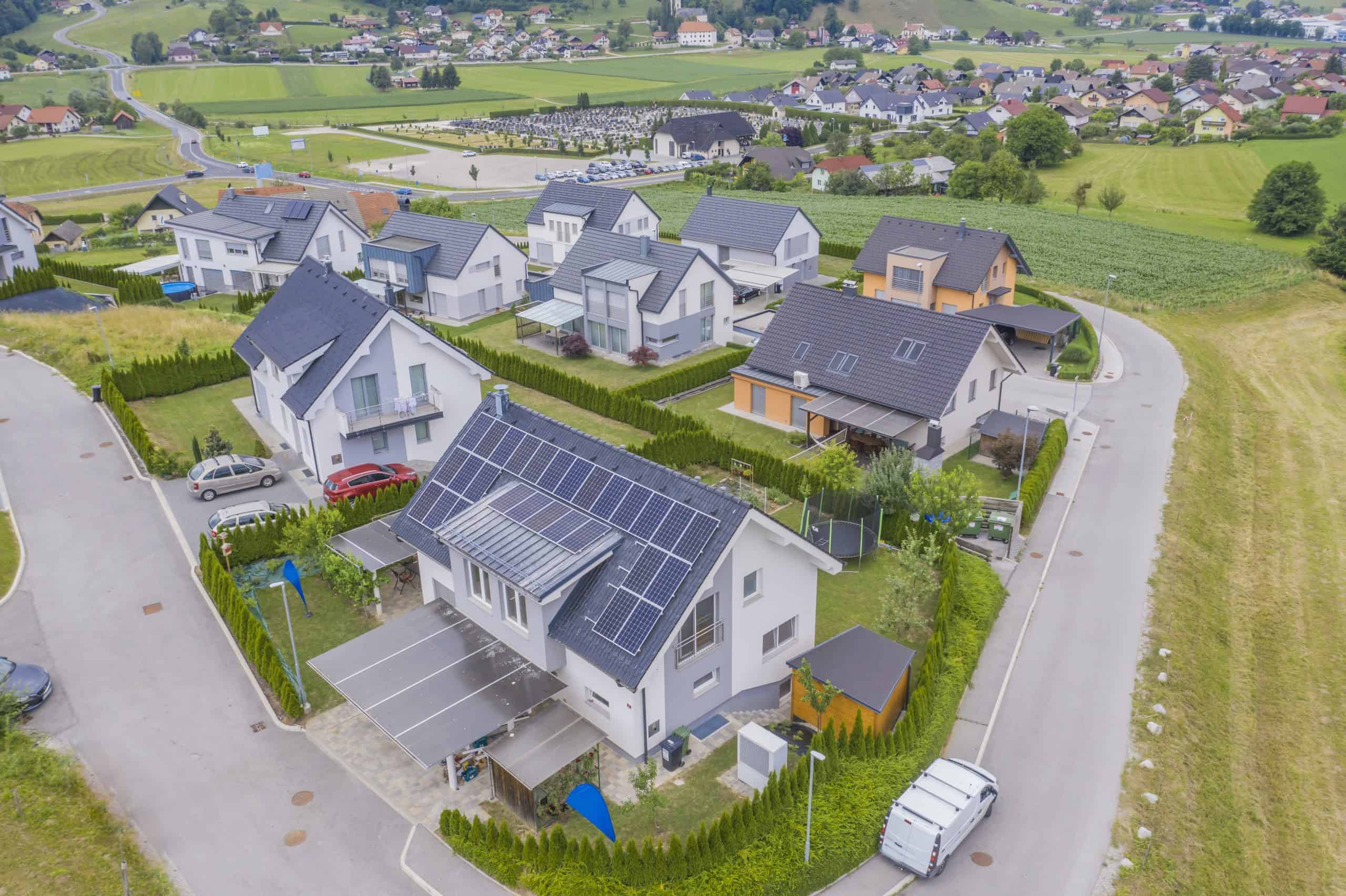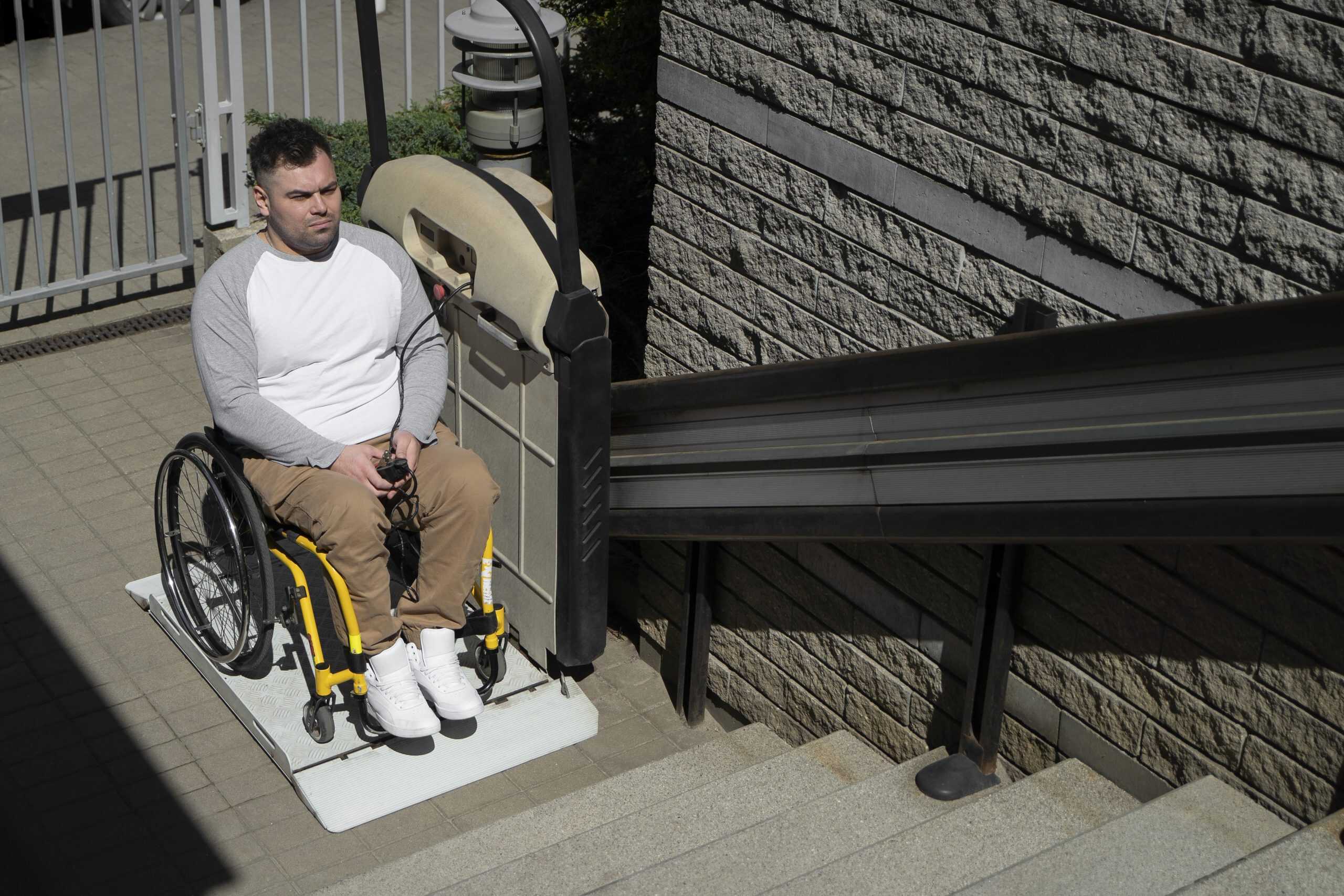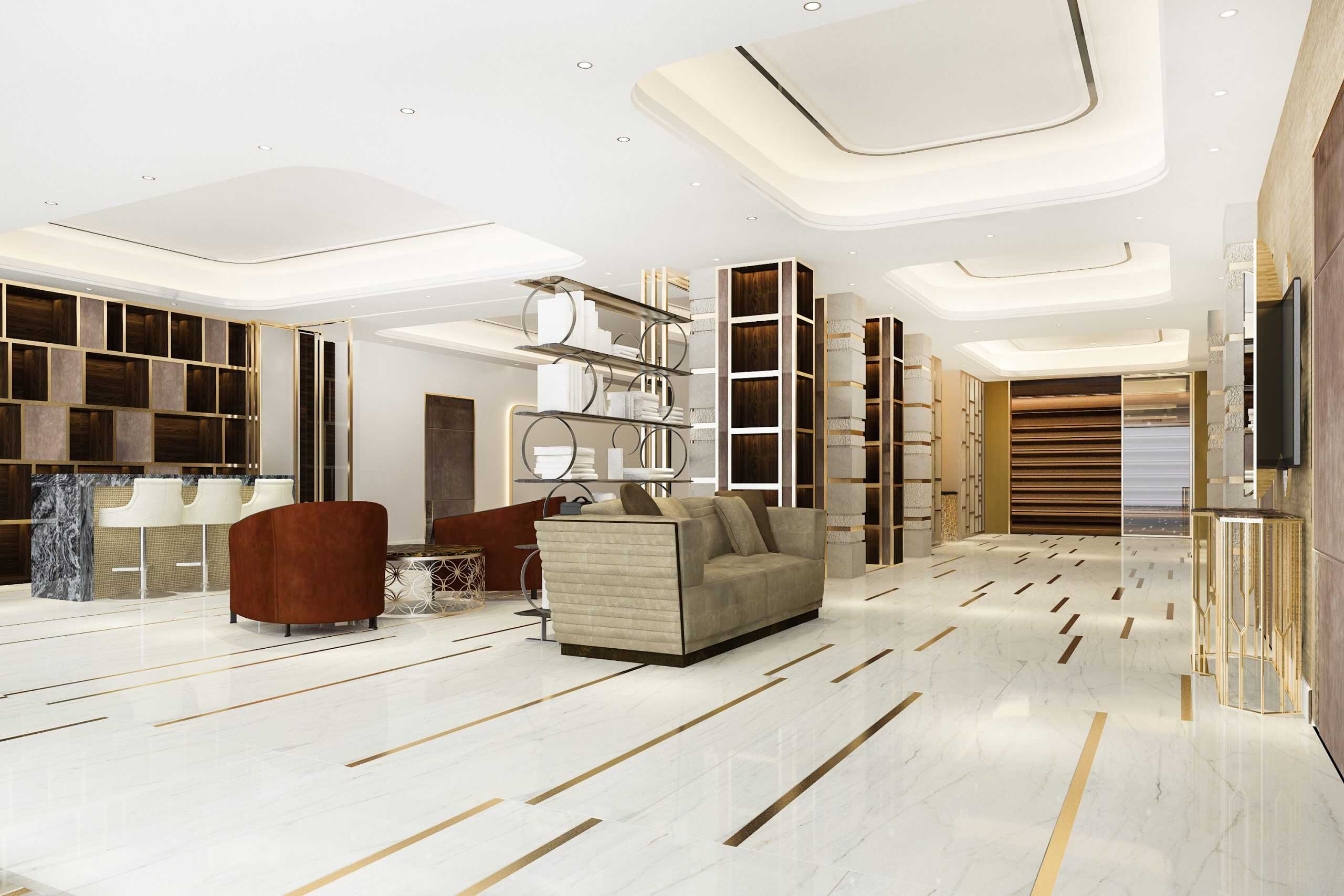Planning a home renovation comes with a long list of decisions, budgets, contractors, and design choices. But one of the most overlooked questions is: “Can any of this be tax-deductible?”
The short answer is: it depends.
While most home renovations are considered personal expenses (and therefore not deductible). However, there are several important exceptions, especially if you’re working from home, investing in energy-efficient upgrades, or improving a rental or second property. Understanding these scenarios can make a major difference when it comes to your annual tax return and long-term financial planning.
In this guide, we’ll break down:
- Which types of home improvements may be fully or partially deductible,
- When upgrades can reduce your tax burden at the time of sale, and
- How to approach renovations strategically—not just for comfort and resale, but for long-term tax benefits.
We’ll also share IRS references, real-life examples, and smart homeowner strategies to help you renovate confidence and clarity. Whether you’re revamping your kitchen, adding a home office, or turning your second home into a vacation rental, this article will help you uncover what the IRS says—and what it means for your next project.
Let’s demystify tax deductions, so you can make the most of your renovation investment.
Understanding the basics of home renovation tax deductions
Before diving into specific scenarios, it’s important to understand the general tax treatment of home renovations in the U.S. In most cases, the IRS considers renovations and improvements to your primary residence as personal expenses, meaning they are not directly tax-deductible in the year the money is spent.
However, there are key distinctions you need to be aware of:
1. Renovation vs. repair vs. improvement
The IRS makes a clear distinction between these three categories:
- Repairs: Fixing something to maintain its current condition (e.g., patching a roof leak, repainting a room). These are not deductible for a personal residence.
- Improvements: Making a change that adds value, extends the home’s useful life, or adapts it to new uses (e.g., adding a new bathroom, finishing a basement). While not immediately deductible, these can increase your home’s cost basis, potentially reducing capital gains tax when you sell.
- Qualified Deductions: Certain upgrades tied to business use, energy efficiency, or medical necessity may qualify for deductions or tax credits in the year they are completed.
2. Capital improvements and your home’s cost basis
Although you may not get a deduction now, many renovations qualify as capital improvements that can be added to your home’s cost basis, the original value of your property for tax purposes.
When you eventually sell, a higher cost basis means less taxable gain and potentially lower tax liability, especially if the profit exceeds the IRS exclusion limits ($250,000 for individuals, $500,000 for married couples).
So even if a renovation doesn’t bring short-term tax benefits, it can help you save thousands down the road when you decide to sell your home.
3. Documentation is key
Whatever the situation, make sure you keep thorough records of all renovation-related expenses, including invoices, contracts, payment receipts, and before/after photos. If you’re claiming a deduction or adjusting your cost basis, having proper documentation is critical in case of an IRS audit.
Home renovations that may qualify for tax benefits
While most home upgrades don’t qualify for a standard deduction, specific types of renovations do offer potential tax advantages under federal guidelines.
Here are the most common situations where your renovation expenses may result in tax savings:
1. Energy-efficient improvements
Thanks to federal energy incentives, certain eco-friendly renovations may qualify for energy tax credits, including:
- Installation of solar panels, solar water heaters, or geothermal heat pumps
- Upgrading windows, doors, insulation, or roofing materials that meet energy efficiency standards
Tax Credit Reference: Visit Energy.gov’s tax credits guide to check if your upgrades qualify under the Inflation Reduction Act or the Energy Efficient Home Improvement Credit.
Homeowners can claim energy tax credits for certain upgrades. These are typically covered under IRS Form 5695. Examples include:
- Solar panels or solar water heaters
- Energy-efficient windows, doors, or insulation
- Upgraded HVAC systems or geothermal pumps
According to U.S. energy usage trends, heating and cooling account for nearly half of a home’s energy consumption, making HVAC upgrades a smart, eco-friendly investment. HVAC systems consume 47% of a typical home’s energy use.
👉 According to the IRS, you may qualify for up to 30% of the cost of eligible upgrades through the Residential Clean Energy Credit, extended through 2034.
Homeowners can claim up to $3,200 annually under the Energy Efficient Home Improvement Credit for upgrades like insulation, windows, and HVAC systems.
2. Home office renovations
Renovations to a dedicated workspace may be partially deductible under IRS rules for the home office deduction if you meet strict usage criteria. With remote work becoming the norm, many homeowners wonder if building or renovating a home office is deductible.
You may qualify if:
- You are self-employed or run a business from home.
- The space is used exclusively and regularly for work purposes.
If you use part of your home exclusively for business purposes, you may be eligible for a home office deduction. The IRS allows deductions for:
- Renovations that impact the dedicated home office space (e.g., installing built-in bookshelves or upgrading electrical wiring).
- A percentage of whole-home improvements (like a new roof or HVAC) proportionate to the square footage used for your office.
Example: If your home office takes up 10% of your home’s total square footage, you may be able to deduct 10% of eligible renovation costs. The home office must be used regularly and exclusively for business, not as a hybrid guest room or hobby space.
💡 Note: W-2 employees typically cannot claim a home office deduction post-2018 due to changes from the Tax Cuts and Jobs Act.
3. Medical necessity modifications
If a renovation is required to accommodate a medical condition or disability, it may qualify as a medical expense deduction, provided the cost exceeds 7.5% of your adjusted gross income.
These improvements must be prescribed by a physician and should not significantly increase the home’s value to be fully deductible. Examples include:
- Installing ramps or stairlifts
- Widening doorways for wheelchair access
- Adding handrails or modifying bathrooms
- Lowering cabinets or sinks for accessibility
The IRS allows deductions under Schedule A (Itemized Deductions), but only costs that exceed any increase in property value are deductible.
4. Rental properties and investment homes
Renovations to income-generating properties are often deductible as business expenses.
If you own a rental property, renovations made to maintain or improve the unit can typically be deducted as a business expense or depreciated over time. Eligible improvements include:
- Replacing a roof on a rental home
- Remodeling a kitchen in an Airbnb property. You may also be able to deduct renovation costs if you make your home a vacation rental, depending on how often it’s rented and how the space is used.
- Installing smart locks and security for tenant safety
These deductions fall under Schedule E and must be capitalized or depreciated based on the IRS rules for rental property improvements.
The U.S. vacation rental market is expected to exceed $19 billion in revenue by 2025. If you’re considering owning a second home, it’s important to understand how improvements may affect taxes differently than for your primary residence.
5. Capital improvements and home sale exclusions
According to IRS guidelines on capital improvements, only renovations that add value to your home, prolong its life, or adapt it for new uses may be added to your cost basis.
Even if your primary home renovation isn’t deductible today, it could reduce your tax bill when you sell.
Under IRS Publication 523, the cost of capital improvements can be added to your home’s adjusted basis, potentially lowering your capital gains when you sell. Capital improvements include:
- Room additions
- New plumbing or wiring
- Landscaping
- Whole-home renovations
🏡 You can exclude up to $250,000 ($500,000 for joint filers) of gains from the sale of your primary residence, provided you meet the ownership and use tests. Projects like kitchen remodels and window replacements recoup 60–85% of costs at resale.
For a deeper look at which upgrades truly pay off, explore this guide to home improvement renovations that increase value.
Renovations that typically aren’t tax-deductible
While it’s tempting to assume any major home improvement might come with a tax break, the reality is that most personal home renovations are not deductible in the year they’re made. The IRS considers these costs to be personal living expenses, no different from buying furniture or repainting a bedroom.
Here are several examples of commonly misunderstood renovations that generally do not offer tax deductions:
1. Cosmetic upgrades
Projects that are done purely for aesthetic purposes or personal enjoyment, such as updating your kitchen backsplash, refinishing hardwood floors, or installing new countertops, typically don’t qualify for any immediate tax benefit.
They may, however, contribute to your cost basis, which could be valuable when selling your home.
2. Routine repairs and maintenance
Fixes like patching drywall, repairing a leaky faucet, replacing broken tiles, or maintaining landscaping are classified as routine upkeep, not improvements. These are considered part of normal homeownership responsibilities and are not tax-deductible.
3. Luxury additions
Installing high-end features like a swimming pool, home theater, wine cellar, or outdoor kitchen may increase your home’s appeal or resale value, but they rarely come with tax benefits unless tied to a qualified home business or rental use.
If you’re thinking about which renovations offer the best return on investment, check out our guide to home improvement renovations.
4. Personal-use second homes
Renovations made to a second home that’s used strictly for personal vacations—and not rented out—are also generally not deductible. However, if you decide to turn that second home into a short-term rental or Airbnb, the rules may change.
Thinking of converting your vacation property? Here’s how to make your home a vacation rental.
How to maximize tax benefits from home improvements
While most home renovations won’t deliver immediate tax savings, there are smart ways to approach improvements that can reduce your long-term tax liability and even enhance resale value.
The key lies in strategic planning, documentation, and understanding when and how certain upgrades can work in your favor. Here’s how to make your renovation dollars work harder:
1. Keep meticulous records
One of the most overlooked yet powerful strategies is simple: track everything. Maintain a dedicated folder, physical or digital, that includes:
- Receipts and invoices for materials, labor, and permits
- Contracts with contractors or service providers
- Before-and-after photos
- Any product documentation (especially for energy-efficient upgrades)
These records are essential when:
- Claiming deductions (e.g., medical, energy credits)
- Calculating depreciation on rental properties
- Increasing your cost basis to reduce capital gains tax when selling
2. Focus on capital improvements
Even if you can’t deduct expenses now, many capital improvements will increase your home’s cost basis. The higher your cost basis, the lower your taxable gain when you sell. Examples of qualifying capital improvements:
- Additions (bedroom, bathroom, garage)
- Major remodeling projects (kitchen, basement)
- New HVAC, plumbing, or electrical systems
- New roof, siding, or energy-efficient windows
Tip: Avoid combining deductible repairs with capital improvements on a single invoice. Separating these costs makes it easier to determine what’s eligible for a tax basis adjustment.
3. Use your home for income or business purposes
Consider how your home can be a strategic asset:
- Home office: Renovate a dedicated workspace to qualify for a home office deduction if you’re self-employed.
- Rental property: Turn a spare unit or vacation home into a rental to open up deduction and depreciation opportunities.
- Partial business use: If you use part of your home for client meetings, product storage, or consulting, you may qualify for partial deductions.
Learn more about the rental income potential of second homes in buying a vacation home in Florida.
4. Prioritize energy-efficient upgrades
Some renovations qualify for federal tax credits, not just deductions. Energy-saving upgrades can reduce your tax bill directly and lower utility costs. Examples of qualifying upgrades:
- Solar energy systems (photovoltaic or solar water heaters)
- Energy Star-rated windows, doors, insulation
- Geothermal heat pumps or small wind turbines
Visit EnergyStar.gov or IRS Form 5695 to see the latest qualified improvements and how to claim them.
5. Consider long-term financial timing
If you’re planning to sell your home soon, consider the timing of your improvements:
- Capital improvements made before selling can increase your cost basis and lower your taxable capital gains.
- If your sale profits exceed IRS exclusions ($250,000 single / $500,000 married), every dollar added to your cost basis could save on taxes.
Pro Tip: If you inherit a property or receive one through a 1031 exchange, consult a tax advisor—rules vary significantly.
Examples of tax-deductible renovations (with IRS references)
To help you better understand what qualifies and what doesn’t, here are real-world examples of tax-deductible home renovations. These are aligned with official IRS guidelines and provide insight into how you can potentially reduce your tax burden through strategic upgrades.
| Scenario | IRS Guidance | Potential Benefit |
| Solar panel installation | Form 5695 | 30% federal tax credit |
| Wheelchair ramp | Schedule A | Deductible medical expense |
| Rental property kitchen upgrade | Schedule E | Depreciation or expense |
| Home office remodel | Publication 587 | Deductible portion |
Common myths about renovation tax deductions
Many homeowners assume that all home upgrades bring tax advantages, but the reality is far more nuanced. Let’s debunk some of the most common misconceptions so you can plan your renovation budget with clarity and confidence.
Myth 1: “All home renovations are tax-deductible”
Truth: Most renovations to a primary residence are considered personal living expenses and are not deductible in the year incurred. Only specific types, such as energy-efficient upgrades, medically necessary changes, or improvements to income-producing properties, offer tax advantages.
Myth 2: “I can deduct the full cost of my kitchen remodel”
Truth: Unless the kitchen is in a rental property or used for business purposes, the cost is not deductible. However, the expense may qualify as a capital improvement, which can increase your home’s cost basis and reduce your capital gains tax when you sell.
Myth 3: “If I work from home, I can deduct my whole renovation”
Truth: Only the portion of the renovation that applies to your dedicated home office is deductible. And it must meet strict criteria—used regularly and exclusively for business. Whole-home improvements (like HVAC or roof replacement) may be partially deductible based on the office’s square footage ratio.
Myth 4: “Any renovation that increases home value is tax-deductible”
Truth: Increasing your home’s market value doesn’t automatically make a renovation deductible. The IRS is focused on how the property is used, not its market value. Upgrades that improve value only become tax-relevant when calculating capital gains at the time of sale.
Myth 5: “All rental property renovations can be deducted immediately”
Truth: While many rental improvements are tax-deductible, they must often be depreciated over time instead of being deducted in full the year they’re made. Routine maintenance, on the other hand, may be deductible right away.
Final thoughts on tax-smart renovations
Renovating your home is more than just a lifestyle upgrade, it can be a strategic financial decision when approached with tax awareness. While most personal home improvements aren’t directly tax-deductible, there are important exceptions that savvy homeowners can take advantage of:
- Deductions for home office upgrades, medical adaptations, and rental property improvements
- Energy-efficiency tax credits for sustainable renovations
- The ability to increase your home’s cost basis with capital improvements, reducing future capital gains taxes
By understanding the IRS’s definitions, keeping detailed records, and consulting a tax professional before starting major renovations, you can position yourself to maximize benefits, both now and when you eventually sell your property.
While not every home improvement is a tax write-off, strategic planning can help you benefit from federal credits, deductions, and long-term capital gains savings. Florida residents considering buying a vacation home in Florida should also explore how to use renovations strategically for long-term tax planning and resale value.
When to talk to a tax professional? Consulting a CPA or tax advisor is essential when:
- You own multiple properties
- You’re unsure whether an expense qualifies
- You’re preparing for a major renovation or sale
Ready to renovate? Let’s talk.
Thinking of renovating? Get a free consultation to explore tax-smart upgrades tailored to your property goals and financial strategy. Whether it’s energy efficiency, rental optimization, or resale value, we can help you plan a renovation that makes financial sense.









